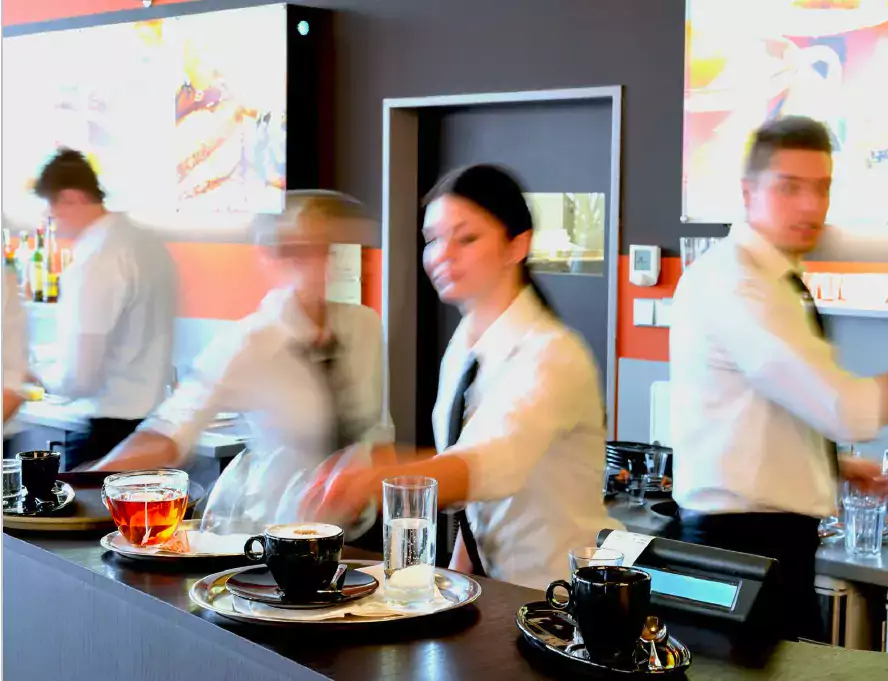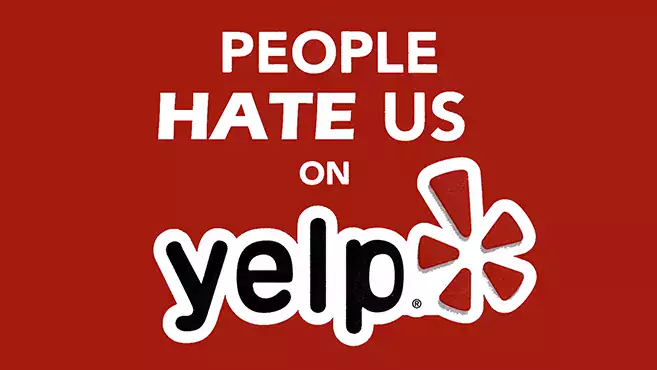A friend of mine was vacationing in Florida recently and struck up a conversation with two other women at the pool. Suddenly, one of the women said, “I almost forgot! We have to do our video!” She pulled out a blow-up pool toy of a cruise ship.
The other woman pulled out her smartphone to record. Together they waved the cruise ship and shouted, “10 MORE DAYS!” They explained how they’re part of a cruise ship group on Facebook and were making videos counting down the days until they left port.
People who love to cruise are very passionate about it, and more people are becoming interested. There’s proof in the fact that Carnival Corp. just ordered nine new cruise ships to add over a four-year period from 2019 to 2022. This is in addition to the ships they ordered for delivery between now and 2019.
What makes cruises so appealing? Most are all-inclusive with the fare and you only have to unpack once if you’re visiting multiple destinations. Cruise ships are also floating cities. Everything you could possibly need or want during a vacation is on the ship: bars, restaurants, laundromats, gyms, swimming pools, movie theaters and even medical clinics.
To this end, a cruise ship is a very operations-focused business. Each one of these services has its own set of challenges, and each one contributes to the cruise line’s overall brand image.
What makes cruise ships not so appealing? Despite offering world-class offerings, the cruise ship industry has experienced some operational challenges that have led to very bad press in recent years. These problems are explained below:
1. Sanitation
In the past month, more than 200 passengers on two separate cruises were infected with the norovirus. In 2014, more than 600 people on a Royal Caribbean cruise had the same illness. The New York Times reported on a norovirus study published in Clinical Infectious Diseases in 2009. In this study, examiners marked more than 8,300 objects in cruise ship bathrooms with a substance only visible under ultraviolet light. Then, they returned the next day to see if the objects had been cleaned. Only 37 percent were. It gets worse. Three of the ships studied had baby-changing tables that weren’t cleaned at all in a three-year period.2. Maintenance
There’s no denying that 2013 was the year from hell for Carnival. In February 2013, the Triumph vessel caught fire and was stranded at sea for five days while sewage dripped from walls. Barely a month after that incident, Legend experienced engine problems; Dream had a malfunction with its emergency generator and the cruise line had to fly 4,000 passengers home; and Elation had a problem with its steering system and needed a tugboat back to shore.Crisis Management is Always Tied to Operations
Cruise ship operations are highly compartmentalized. Not every employee can know how to do every task. Employees on the hospitality side operations must properly sanitize surfaces and raise the bar on disease prevention. Similarly, those in the control room need to improve how they communicate, which was a problem in the Triumph incident. “Carnival may have planned for an engine fire, power outage and disabled ship, but they perhaps did not account for the sewage, ventilation and food issues they experienced,” risk management expert Dov Gardin wrote in a blog for Risk Management Monitor. He believes Carnival could have handled the situation better had it used a structured decision-making framework called “Command and Control.”What is Command and Control?
There are essentially four phases of this decision-making process, Gardin explains.- The crisis management team must understand the issue through collecting and analyzing information.
- Based on the information gathered, the team determines their objectives.
- The team directs subordinates to carry out the objectives.
- The team continually reassesses the situation and adjusts the strategy as necessary.
Command and Control comes down to using real-time information, forming clear objectives, and being able to communicate changing priorities. You can see why and how it is being applied to corporate operations, and it’s definitely a process every service industry can consider.
Subscribe to our blog
You are now subscribed!


